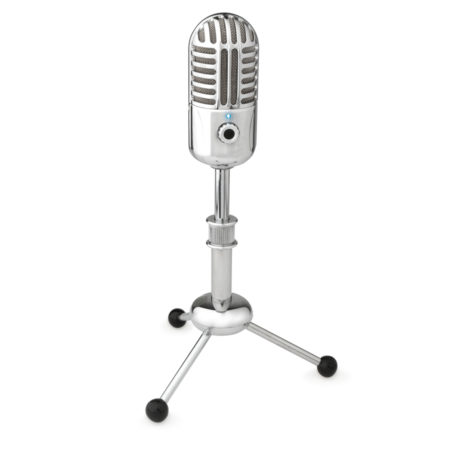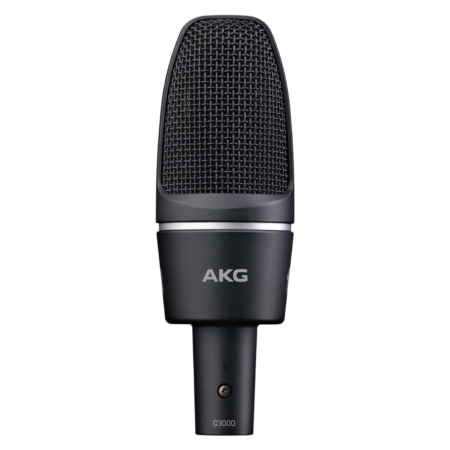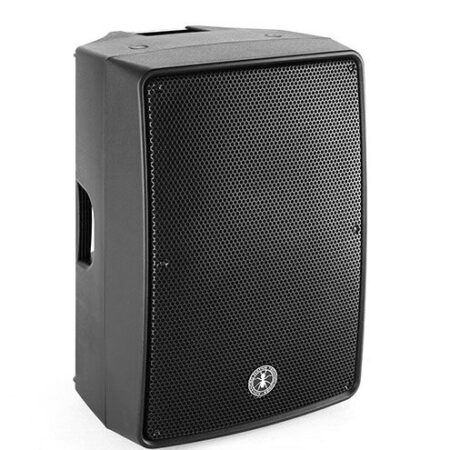An Overview of the Use of Chatbots in Medical and Healthcare Education SpringerLink
How Healthcare Chatbots are Expanding Medical Care
Medical chatbots provide necessary information and remind patients to take medication on time. Medisafe empowers users to manage their drug journey — from intricate dosing schedules to monitoring multiple measurements. Additionally, it alerts them if there’s a potential unhealthy interaction between two medications. According to a report by WHO, over 264 million people suffer from depression globally because they do not have anyone to talk to.
The chatbots then, through EDI, store this information in the medical facility database to facilitate patient admission, symptom tracking, doctor-patient communication, and medical record keeping. Complex conversational bots use a subclass of machine learning (ML) algorithms we’ve mentioned before — NLP. Chatbots, perceived as non-human and non-judgmental, provide a comfortable space for sharing sensitive medical information. There are several reasons why chatbots help healthcare organizations elevate their patient care – let’s look at each in a bit of detail. Healthcare organizations all over the world currently face workforce shortages (with COVID-19 being one of the primary factors for that) and in such conditions, the availability of doctors might be in decline. Thus, a 24/7 available digital solution can be a perfect alternative and this is one of the main benefits of chatbots.
How Healthcare Chatbots are Expanding Automated Medical Care
Once the robo-doctor “talks” to you, it evaluates if it’s necessary to transfer you to a video conference with one of Babylon’s full-time physicians. While meeting with a doctor, they can chatbots in healthcare industry send a perscription to your nearest pharmacy right from the app. What’s so great about these technologies, regardless of if whether its a device or an app, is they’re so convenient.
After using the application, the chatbot leads you through its search engine of recommended content based on the results. OneRemission is an app created by a cancer survivor for patients going through similar hardships. You’ve felt these symptoms before and know your diagnosis without setting foot in an examination room. Regardless, you’ll still have sit on that paper covered seat before receiving treatment.
Chatbots in Healthcare: Development and Use Cases
Capacity is an AI-powered support automation platform that provides an all-in-one solution for automating support and business processes. It connects your entire tech stack to answer questions, automate repetitive support tasks, and build solutions to any business challenge. As a result of patient self-diagnoses, physicians may have difficulty convincing patients of their potential preliminary misjudgement. This persuasion and negotiation may increase the workload of professionals and create new tensions between patients and physicians.
Why AI Chatbots like ChatGPT are Best in Healthcare? – Analytics Insight
Why AI Chatbots like ChatGPT are Best in Healthcare?.
Posted: Fri, 16 Jun 2023 07:00:00 GMT [source]
For companies like QliqSOFT, which has focused its solutions on enhancing patient engagement and satisfaction, this comes as little surprise. Physicians must also be kept in the loop about the possible uncertainties of the chatbot and its diagnoses, such that they can avoid worrying about potential inaccuracies in the outcomes and predictions of the algorithm. Also, if the chatbot has to answer a flood of questions, it may be confused and start to give garbled answers. From there the app will connect you with a professional therapist on the other end. Instead of waiting a month to set up an appointment with a therapist, you can talk to one at any time through the app. This loneliness epidemic isn’t helping the fight against depression and anxiety disorders.
Mathematical discoveries from program search with large language models
NLP algorithms work to convert human language into a form that machines can comprehend, involving processes like converting text into binary vectors and creating a matrix representation of sentences. Through this, the system can extract the intended meaning and generate appropriate responses. You have probably heard of this platform, for it boasts of catering to almost 13 million users as of 2023. Ada Health is a popular healthcare app that understands symptoms and manages patient care instantaneously with a reliable AI-powered database.
The HIPAA Security Rule requires that you identify all the sources of PHI, including external sources, and all human, technical, and environmental threats to the safety of PHI in your company. The Security Rule describes the physical safeguards as the physical measures, policies, and processes you have to protect a covered entity’s electronic PHI from security violations. Rasa is also available in Docker containers, so it is easy for you to integrate it into your infrastructure.
Data synthesis
Whenever we have symptoms, we search Google, and finally, we conclude that we have ‘cancer.’ It sounds hilarious, but it is the truth. According to Google, people go to doctors and summarize what disease they have instead of explaining their symptoms and asking the physicians to help them. As more and more people become aware of the potential, there are some great examples of how they can help patients. A recent study showed that after chatting with a chatbot on an asthma website, users were able to take a test that would have otherwise been difficult to access. QliqSOFT’s Quincy chatbot solution, which is powered by an AI engine and driven by natural-language processing, enables real-time, patient-centered collaboration through text messaging. The tool helps patients with everything from finding a doctor and scheduling appointments to outpatient monitoring and much more.
Beyond cancer care, there is an increasing number of creative ways in which chatbots could be applicable to health care. During the COVID-19 pandemic, chatbots were already deployed to share information, suggest behavior, and offer emotional support. They have the potential to prevent misinformation, detect symptoms, and lessen the mental health burden during global pandemics [111]. At the global health level, chatbots have emerged as a socially responsible technology to provide equal access to quality health care and break down the barriers between the rich and poor [112]. To further advance medicine and knowledge, the use of chatbots in education for learning and assessments is crucial for providing objective feedback, personalized content, and cost-effective evaluations [113]. For example, the development of the Einstein app as a web-based physics teacher enables interactive learning and evaluations but is still far from being perfect [114].
Conversational
These chatbots vary in their conversational style, the depth of communication, and the type of solutions they provide. Chatbots have already gained traction in retail, news media, social media, banking, and customer service. Many people engage with chatbots every day on their smartphones without even knowing. From catching up on sports news to navigating bank applications to playing conversation-based games on Facebook Messenger, chatbots are revolutionizing the way we live.
This review article aims to report on the recent advances and current trends in chatbot technology in medicine. A brief historical overview, along with the developmental progress and design characteristics, is first introduced. The focus will be on cancer therapy, with in-depth discussions and examples of diagnosis, treatment, monitoring, patient support, workflow efficiency, and health promotion.
Patients can receive personalized assistance, access relevant health information, and even receive medication reminders through their preferred channels. With Chat360’s adaptable solutions, healthcare providers can optimize workflows, reduce administrative burdens, and ultimately improve the overall patient experience. Healthcare chatbots are revolutionizing the way that medical professionals collect feedback from patients.
Their function is thought to be the delivery of new information or a new perspective. However, in general, AI applications such as chatbots function as tools for ensuring that available information in the evidence base is properly considered. Chatbots are becoming a trend in many fields such as medical, service industry and more recently in education. Especially in healthcare education, there is a growing interest in integrating chatbots in the learning and teaching processes mostly because of their portability and affordance. In this paper, we seek to explore the primary uses of chatbots in medical education, as well as how they are developed. Additionally, we examine the metrics that have been used to evaluate these chatbots, which include subjective ones like the usability and acceptability by the users, and objectives ones, like their accuracy and users’ skills evaluation.
- However, North America is expected to register the highest CAGR during the forecast period.
- This relays to the user that the responses have been verified by medical professionals.
- Cancer patients reach out to the chatbot through Facebook Messenger and it fetches information from resources within its crowdsourced database.
- Healthcare organizations all over the world currently face workforce shortages (with COVID-19 being one of the primary factors for that) and in such conditions, the availability of doctors might be in decline.
Medical chatbots are especially useful since they can answer questions that definitely should not be ignored, questions asked by anxious patients or their caregivers, but which do not need highly trained medical professionals to answer. Since such tools avoid the need for patients to come in for an appointment just to have their questions answered, they can prevent wastage of time for both patients and healthcare providers while providing useful information in a timely fashion. Other end users include medical assistance provider companies, pharmacies, and third-party organizations.
As chatbots are actively being implemented, data security & privacy is one of the major challenges faced by the market. Patient data contain personal, private, or confidential information and requires strict safeguards to prevent its misuse. Patient data is protected under federal laws in many countries, and any breaches or failures to maintain its integrity can result in legal and financial penalties.
Use case for chatbots in oncology, with examples of current specific applications or proposed designs. The Indian government also launched a WhatsApp-based interactive chatbot called MyGov Corona Helpdesk that provides verified information and news about the pandemic to users in India. We recommend using ready-made SDKs, libraries, and APIs to keep the chatbot development budget under control. This practice lowers the cost of building the app, but it also speeds up the time to market significantly. This data will train the chatbot in understanding variants of a user input since the file contains multiple examples of single-user intent.








